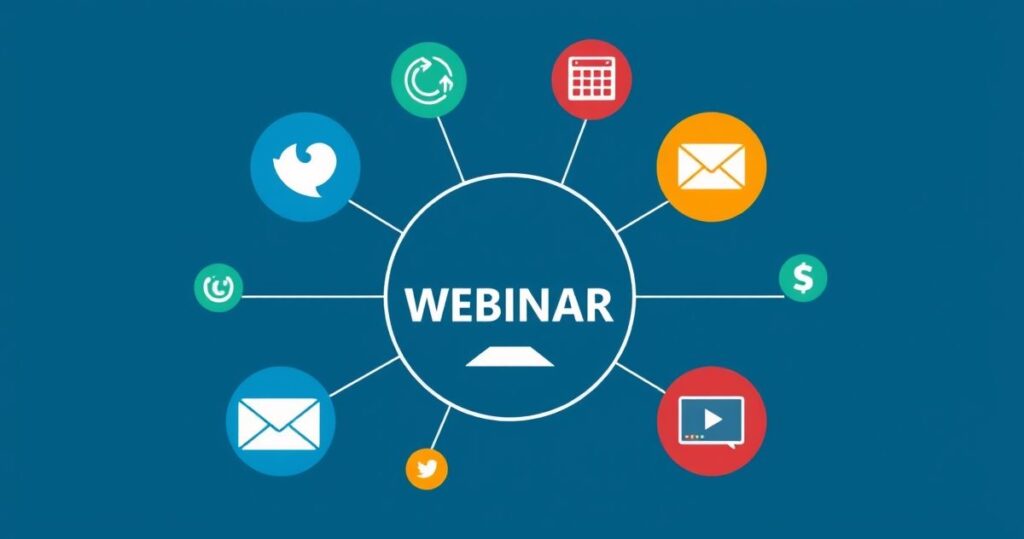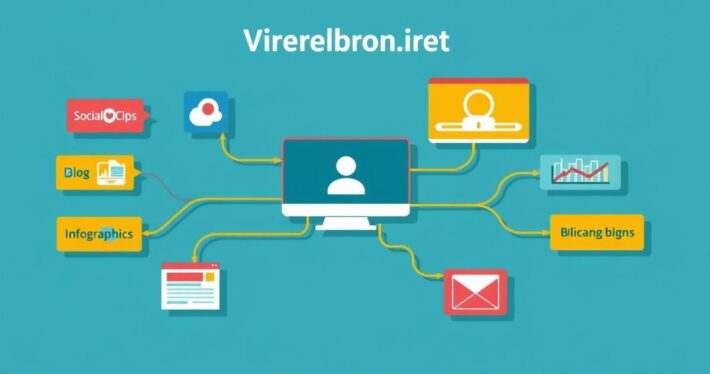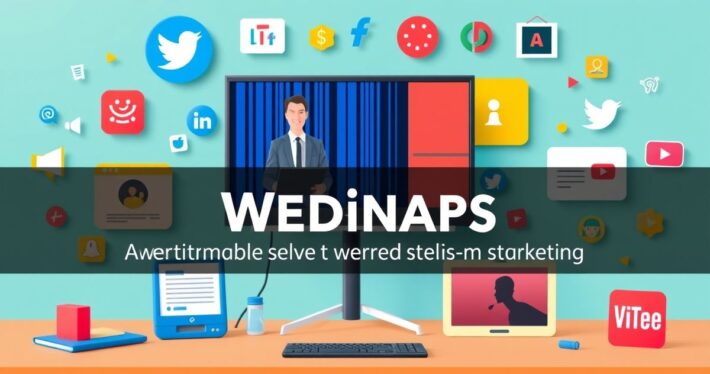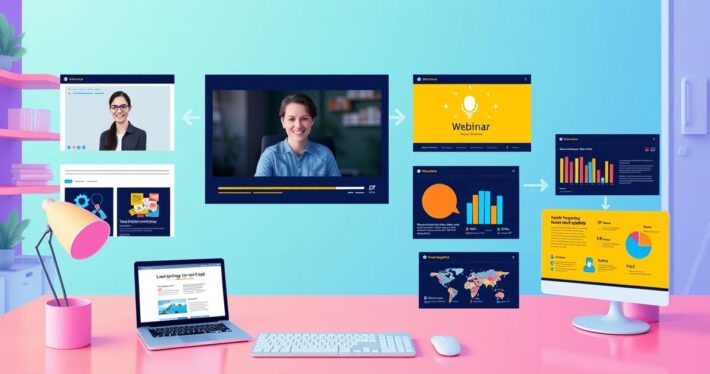The role of webinars in multi-channel content ecosystems.

Webinars have become a cornerstone of modern marketing strategies, and for good reason. They’re not just standalone events; they’re a dynamic component of a multi-channel content ecosystem. When executed strategically, webinars can amplify your brand’s reach, nurture leads across multiple touchpoints, and drive meaningful conversions. But how do webinars fit into this larger ecosystem, and what makes them so effective? Let’s dive in.
What is a Multi-Channel Content Ecosystem?
A multi-channel content ecosystem is a holistic approach to marketing where your content is distributed across various platforms—social media, email, blogs, podcasts, videos, and yes, webinars. The goal is to create a seamless experience for your audience, no matter where they encounter your brand.
Think of it like an orchestra. Each instrument (or channel) plays its part, but it’s the harmony of all of them together that creates a masterpiece. Webinars, in this analogy, are the spotlight soloist. They’re engaging, interactive, and memorable, but they’re even more powerful when they’re supported by the rest of the orchestra.
Why Webinars Shine in Multi-Channel Ecosystems
Webinars offer something unique in the content landscape: real-time engagement. Unlike blog posts or pre-recorded videos, webinars allow for live Q&A, polls, and direct interaction. This immediacy builds trust and rapport with your audience, making them more likely to convert.
But here’s the kicker: webinars don’t just exist in a vacuum. They can be repurposed, promoted, and integrated across your entire ecosystem. For example, a webinar recording can be turned into a YouTube video, key takeaways can be shared as LinkedIn posts, and the slide deck can be converted into a downloadable PDF for email campaigns.
How to Integrate Webinars into Your Multi-Channel Strategy
So, how do you make webinars a key player in your multi-channel content ecosystem? Here are some actionable strategies:
1. Pre-Webinar Promotion Across Channels
Promote your webinar across all your channels to maximize attendance. This includes:
- Social Media: Tease the topic with short clips or countdown posts.
- Email Marketing: Send personalized invitations and reminders.
- Blog Posts: Write a detailed article about the webinar topic to generate interest.
2. Live Engagement and Interaction
During the webinar, encourage participation by asking questions, running polls, and addressing live comments. This not only boosts engagement but also provides valuable insights into your audience’s preferences.
3. Post-Webinar Follow-Up
The webinar doesn’t end when the live session does. Follow up with attendees and non-attendees alike:
- Send a thank-you email with the webinar recording and slides.
- Share highlights on social media to extend the reach.
- Use insights from the Q&A session to create blog posts or FAQs.
4. Repurpose Content for Long-Term Value
One of the biggest advantages of webinars is their versatility. Here’s how you can repurpose your content:
- Blog Posts: Transform key takeaways into blog articles.
- Infographics: Use data or insights from the webinar to create shareable visuals.
- Ebooks: Combine multiple webinar topics into a comprehensive guide.
Real-World Example: How a B2B SaaS Company Leveraged Webinars
Let’s look at a case study. A B2B SaaS company wanted to increase lead generation and nurture prospects through a multi-channel approach. They hosted a webinar titled “Mastering Customer Retention with AI Tools.” Here’s how they integrated it into their ecosystem:
- Pre-Webinar: They promoted the event on LinkedIn, sent targeted emails, and published a blog post highlighting the importance of customer retention.
- Live Webinar: During the session, they used polls to gather data and answered live questions, creating a highly interactive experience.
- Post-Webinar: They sent the recording to attendees and used the insights to create an infographic and a follow-up email series.
The result? A 40% increase in lead generation and a 25% boost in conversions.
Challenges and How to Overcome Them
Of course, integrating webinars into a multi-channel ecosystem isn’t without its challenges.
- Audience Fatigue: Overloading your audience with content can lead to disengagement. Solution: Space out your promotions and focus on quality over quantity.
- Technical Issues: Glitches during live webinars can be frustrating. Solution: Test your setup thoroughly and have a backup plan.
- Content Saturation: With so much content out there, standing out can be tough. Solution: Focus on niche topics and provide unique value.
The Future of Webinars in Multi-Channel Ecosystems
As technology evolves, so will the role of webinars. AI-powered tools are making it easier to create, promote, and analyze webinars, while integrations with CRMs and marketing automation platforms are streamlining workflows.
Imagine a future where your webinar platform automatically generates personalized follow-up emails, integrates attendee data into your CRM, and even suggests topics based on audience interests. That’s the direction we’re heading, and it’s an exciting one.
Final Thoughts
Webinars are more than just a one-off event; they’re a versatile, high-impact tool in your multi-channel content ecosystem. By integrating them strategically across your channels, you can maximize their reach, nurture leads, and drive meaningful conversions.
So, what’s your next move? How can you take your webinars to the next level? The possibilities are endless, and the results are worth it.



